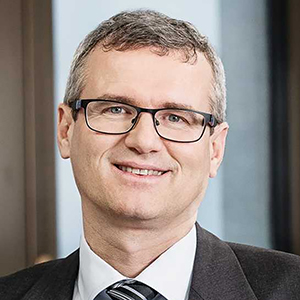
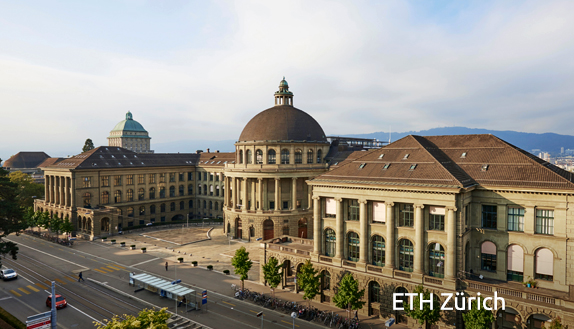
A Glimpse into Mechanics
in Switzerland
SwissMech Seminars is a monthly webinar series taking place at 16:00pm on the second Thursday of each month of the academic year. The talks are organized jointly by ETH Zürich and EPFL Lausanne. The speakers cover theoretical, computational and experimental aspects of solid and fluid mechanics in the broadest sense.

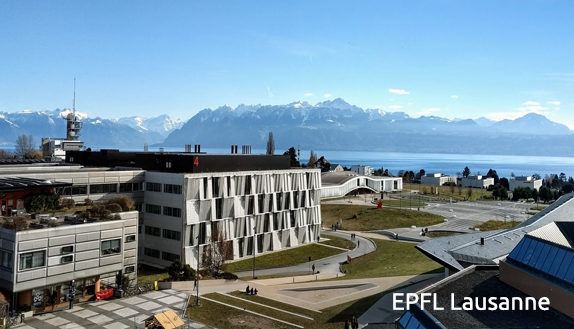
Academic Year 2022/2023
Every second Thursday of each month at 16:00pm during the academic year.
Weak nonlinearity for strong nonnormality
Prof. François Gallaire
Laboratory of Fluid Mechanics and Instabilities, EPFL Lausanne
Date/Time: September 8, Thursday, 16:00-17:00
Abstract: In this work with Y.-M. Ducimetière and E. Boujo, we propose a theoretical approach to derive amplitude equations governing the weakly nonlinear evolution of nonnormal dynamical systems when they experience transient growth or respond to harmonic forcing. This approach reconciles the nonmodal nature of these growth mechanisms and the need for a center manifold to project the leading-order dynamics. Under the hypothesis of strong nonnormality, we take advantage of the fact that small operator perturbations suffice to make the inverse resolvent and the inverse propagator singular, which we encompass in a multiple-scale asymptotic expansion. The methodology is outlined for a generic nonlinear dynamical system, and several application cases which highlight common nonnormal mechanisms in hydrodynamics: the streamwise convective nonnormal amplification in the flow past a backward-facing step, and the Orr and lift-up mechanisms in the plane Poiseuille flow.
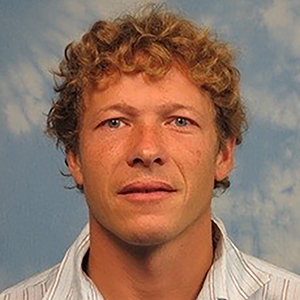
Quantitative gravitational excitation of a bending beam resonator – theory and measurement
Prof. Jürg Dual
Mechanics and Experimental Dynamics, ETH Zürich
Date/Time: October 13, Thursday, 16:00-17:00
Abstract: Recent spectacular results of gravitational waves obtained by the LIGO system, with frequencies in the 100 Hz regime, make corresponding transmitter-receiver laboratory experiments with full control over cause and effect of great importance. Fully characterized dynamic measurements of gravitation in the laboratory have to date been restricted to frequencies in the mHz regime, due to difficulties in assessing non-gravitational crosstalk and the intrinsically weak nature of gravitational forces. Here we introduce two new, fully characterized experiments at three orders of magnitude higher frequencies where a time-harmonic gravitational force field excites the high Q bending resonance of a free-hanging titanium beam at ca. 42 Hz. Two different excitation systems, a parallel bending beam and two rotating beams, produce gravitationally induced motion with velocity amplitudes up to 90 nm/s. The reliable measurement with sub-pm displacement resolution is made possible by a set-up which combines acoustical, mechanical and electrical isolation, a temperature-stable environment, heterodyne laser interferometry and lock-in detection. The interaction is quantitatively modelled based on Newton’s theory. Our initial results agree with the theory to within about two percent. We determined the near-field gravitational energy flow to be up to 2.5 10-20 Watt for the parallel beam setup and 4 10-18 Watt for the excitation with rotating beams. We expect our experiment to make significant progress in directions, where current experimental evidence for dynamic gravitation is limited.
T. Brack, F. Balabdaoui, S. Blunier, J. Fankhauser, S. Kaufmann, F. Palmegiano, D. Scheiwiller, J.-Cl. Tomasina, B. Zybach, and J. Dual
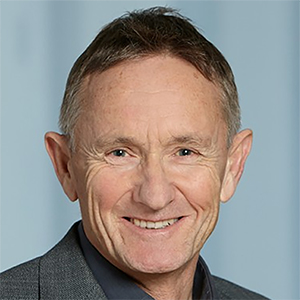
The austenite/martensite interface: structure, kinetics, transformation strain. Toughening: theory and experiment
Prof. William Curtin
Laboratory for Multiscale Mechanics Modeling, EPFL Lausanne
Date/Time: November 10, Thursday, 16:00-17:00
Abstract: In next-generation high-strength/high-toughness steels, the austenite/martensite (fcc/bcc) interface is the dominant microstructural feature controlling important properties. In spite of decades of research, the fundamental structure, mechanism of motion, and transformation strain due to this interface have remained uncertain. Here, an atomistic fcc-bcc iron interface is constructed that completely matches experimental observations and reveals a defect structure differing from longstanding theory assumptions while also violating conditions believed essential for a glissile interface. Based on this interface, we develop a new crystallographic double-shear theory of lath martensites that provides predictions in near-perfect agreement with both simulations and experiments. In a classic Fe-Ni-Mn alloy, we then use in-situ high resolution digital image correlation to measure the transformation strain and confirm the parameter-free theory. The theory predicts increasing the fcc/bcc lattice parameter ratio increases the transformation strain, which is validated with literature data and then provides a new path for developing tougher high-strength steels.
A. Curtin, F. Maresca, E. Polatidis, M. Smid, H. Van Swygenhoven
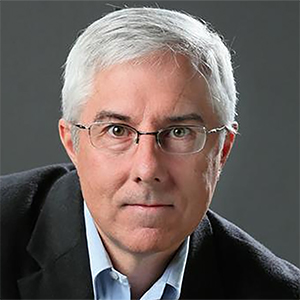
Multiscale mechanics of human skin
Prof. Edoardo Mazza
Experimental Continuum Mechanics, ETH Zürich
Empa, Swiss Federal Laboratories for Materials Science and Technology, Dübendorf
Date/Time: December 15, Thursday, 16:00-17:00
Abstract: The mechanical properties of human skin are linked to its function at both tissue and cell length scale. In fact, the tissue has to provide sufficient compliance to enable body movements, but it also forms a mechanically stable barrier against external loads. At cell length scale, the mechanical properties of the extracellular matrix influence the behavior of dermal cells, e.g. during tissue repair and skin growth.
We combined ex-vivo multiaxial tensile experiments with in-vivo suction measurements and 3D tissue imaging in order to develop a multilayer poroelastic model of human skin. Each skin layer is represented as a biphasic material, with the solid part characterized by a fiber network and a compressible matrix, while interstitial fluid flow is driven by gradients of the chemical potential, which result from the boundary conditions imposed and the fixed charge distribution in the tissue. The corresponding mechanical response indicates an average stiffness akin to a modulus in the range of 100 kPa. However, testing on the macroscale does not allow characterizing the mechanical microenvironment of dermal cells, for which several orders of magnitude lower stiffness has been reported.
We rationalized the discrepancy between micro- and macroscale mechanics using a hybrid discrete-continuum model representative of the heterogeneous microstructure of the dermis. Fibers are modeled as nonlinear elastic connectors. Biphasic continuum elements provide a representation of interstitial fluid, proteoglycans and other non-collagenous ECM components. Model parameters were selected to provide a reasonable fit for experimental data at macro- and microscales.
The resulting multiscale model representation of skin allows to investigate the relationship between tissue microstructure and its fracture properties, and specifically to understand the deformation mechanisms contributing to its high defect tolerance. Moreover, simulation of skin stretch in-vivo provides quantitative information on the associated changes in cell-perceived stiffness and chemical potential of the interstitial fluid, and both are expected to influence the behavior of resident cells during skin homeostasis and repair.
